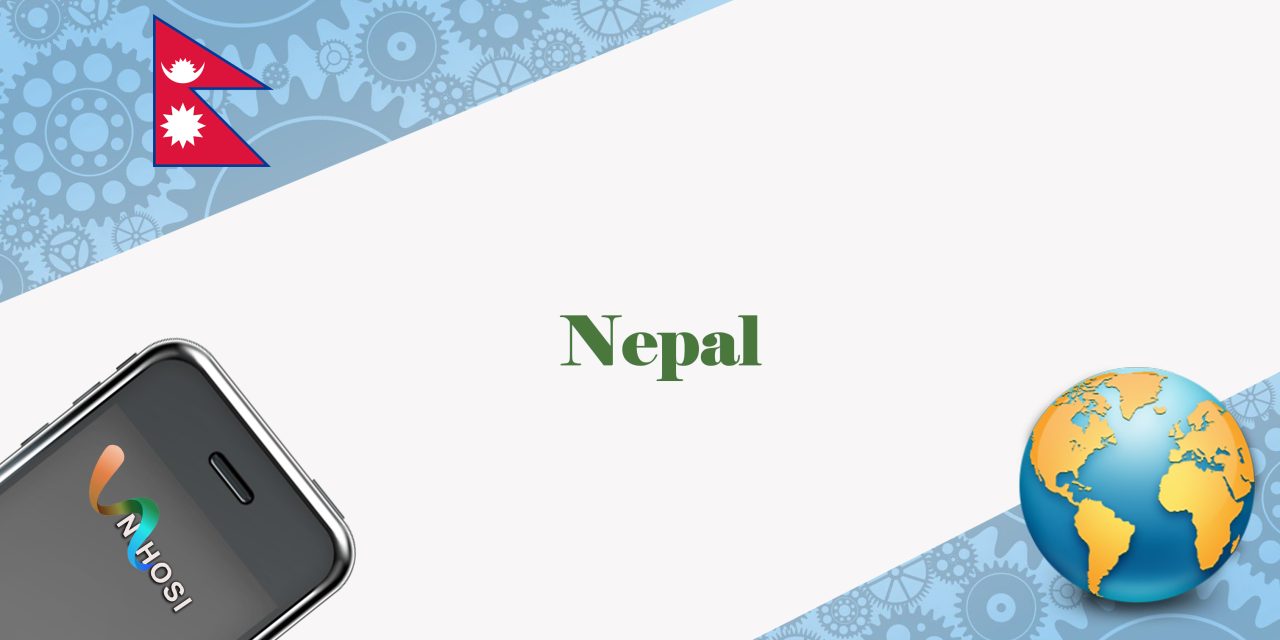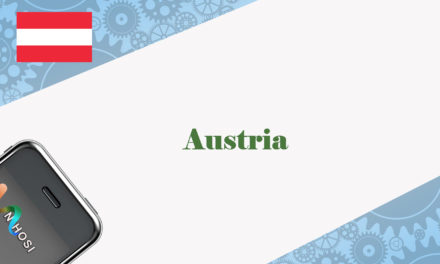Nepal is a small, landlocked country located in South Asia, between India and China. It is bordered by India to the south, east, and west, and by China to the north. Nepal has a total area of 147,181 square kilometres (56,827 square miles) and a population of approximately 29 million people. It is a diverse country, with over 100 different ethnic groups and more than 100 spoken languages. The official language of Nepal is Nepali, but many people also speak English, Hindi, and other local languages.
Nepal is known for its natural beauty, with the Himalayan mountain range running through the country. It is home to eight of the ten highest peaks in the world, including the highest of all, Mount Everest. Located in the Solu-Khumbu region of eastern Nepal, Mount Everest stands at an elevation of 8,848 meters (29,029 feet) above sea level. It is a popular destination for mountaineers and trekkers from all over the world, who come to Nepal to experience the thrill of climbing the world’s highest mountain.
In addition to its mountain scenery, Nepal is also home to many other natural attractions, including national parks, forests, lakes, and rivers. The country is home to a variety of wildlife, including elephants, rhinos, tigers, and many species of birds.
Nepal is a predominantly Hindu country, with Hinduism being the dominant religion. However, the country is also home to many Buddhists, Muslims, and Christians, and there is a long history of religious tolerance in Nepal. The country has a rich cultural heritage, with many different cultural traditions, festivals, and rituals.
Nepal has a rich history, with evidence of human habitation dating back to the Paleolithic period. The country was ruled by various dynasties and empires throughout its history, including the Maurya Empire, the Gupta Empire, and the Malla Empire. In the late 18th century, Nepal was unified under the rule of King Prithvi Narayan Shah, who established the Shah dynasty.
In recent years, Nepal has undergone significant political and social changes. In 1990, the country adopted a new constitution and became a federal democratic republic. However, the country has faced many challenges, including political instability, poverty, and a lack of economic development. Despite these challenges, Nepal has made progress in recent years, with improvements in education, healthcare, and infrastructure.
Nepal is a predominantly agricultural country, with agriculture being the main source of livelihood for the majority of the population. The country is known for producing a variety of crops, including rice, wheat, maize, lentils, and vegetables. Nepal is also home to several industries, including textiles, tourism, and hydropower.
Tourism is an important industry in Nepal, with the country’s natural beauty and cultural attractions attracting visitors from all over the world. Many tourists come to Nepal to trek in the mountains, visit the country’s cultural and historical sites, or participate in adventure sports. The country is home to several popular trekking routes, including the Annapurna Circuit, the Everest Base Camp Trek, and the Langtang Valley Trek.
Nepal is a fascinating and diverse country, with a rich history and culture, and stunning natural beauty. It is a country with a lot to offer, from the thrill of climbing the world’s highest mountain to the peaceful beauty of its lakes and forests. Whether you are interested in trekking, cultural experiences, or adventure sports, Nepal has something for everyone.
Despite its many attractions, Nepal has faced numerous challenges in recent years, including political instability, poverty, and a lack of economic development. However, the country has made progress in recent years, with improvements in education, healthcare, and infrastructure.
If you are planning a trip to Nepal, there are a few things you should know. First, it is important to be aware of the country’s cultural customs and traditions. Respect for local customs and traditions is essential, and it is important to dress modestly and avoid inappropriate behaviour.
It is also important to be prepared for the country’s varied climate and terrain. Nepal has a range of climates, from hot and humid in the lowlands to cold and dry in the mountains. Be sure to pack appropriately for your trip, and be prepared for weather changes.
Finally, be prepared for the country’s rugged terrain and high altitudes. Nepal is home to some of the highest mountains in the world, and trekking and other outdoor activities can be physically demanding. Be sure to properly acclimatize to the high altitudes, and be aware of your physical limitations.
Overall, Nepal is a unique and fascinating destination, offering a wide range of cultural, natural, and adventure experiences. Whether you are interested in trekking, sightseeing, or simply soaking up the country’s rich culture, Nepal has something to offer everyone.
Here are some interesting facts about Nepal:
Nepal is located in South Asia, between India and China. It is a small, landlocked country with a total area of 147,181 square kilometres (56,827 square miles).
Nepal has a population of approximately 29 million people, making it the 48th most populous country in the world.
The official language of Nepal is Nepali, but many people also speak English, Hindi, and other local languages.
Nepal is a predominantly Hindu country, with Hinduism being the dominant religion. However, the country is also home to many Buddhists, Muslims, and Christians, and there is a long history of religious tolerance in Nepal.
Nepal is home to eight of the ten highest peaks in the world, including the highest of all, Mount Everest. Located in the Solu-Khumbu region of eastern Nepal, Mount Everest stands at an elevation of 8,848 meters (29,029 feet) above sea level.
Nepal has a rich cultural heritage, with many different cultural traditions, festivals, and rituals. The country is known for its beautiful handicrafts, including handwoven fabrics, ceramics, and metalwork.
Nepal has a rich history, with evidence of human habitation dating back to the Paleolithic period. The country was ruled by various dynasties and empires throughout its history, including the Maurya Empire, the Gupta Empire, and the Malla Empire.
In 1990, Nepal adopted a new constitution and became a federal democratic republic. However, the country has faced many challenges, including political instability, poverty, and a lack of economic development.
Nepal is a predominantly agricultural country, with agriculture being the main source of livelihood for the majority of the population. The country is known for producing a variety of crops, including rice, wheat, maize, lentils, and vegetables.
Tourism is an important industry in Nepal, with the country’s natural beauty and cultural attractions attracting visitors from all over the world. Many tourists come to Nepal to trek in the mountains, visit the country’s cultural and historical sites, or participate in adventure sports.
In conclusion, Nepal is a diverse and fascinating country located in South Asia, between India and China. It is home to many different cultures, languages, and religions, and is known for its natural beauty, including the Himalayan mountain range and eight of the ten highest peaks in the world, including Mount Everest. Nepal has a rich cultural heritage, with many different cultural traditions, festivals, and rituals, and a rich history dating back to the Paleolithic period. The country has undergone significant political and social changes in recent years, and despite facing challenges such as political instability, poverty, and a lack of economic development, it has made progress in education, healthcare, and infrastructure. Tourism is an important industry in Nepal, with the country’s natural beauty and cultural attractions attracting visitors from all over the world. Overall, Nepal is a unique and fascinating destination, offering a wide range of cultural, natural, and adventure experiences.











Subscribe To Our Newsletter
Join our mailing list to receive the latest news and updates from our team.
You have Successfully Subscribed!